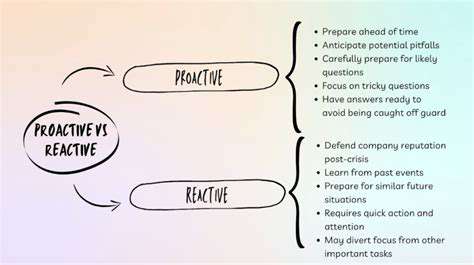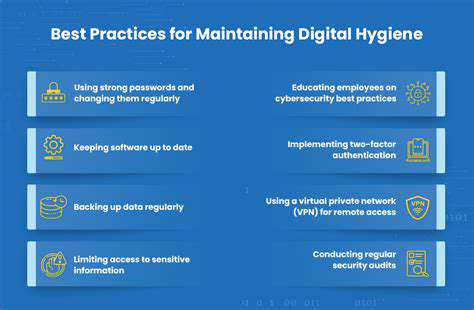How to Report Online Scams and Fraud
Documenting the Scam: Gathering Crucial Evidence
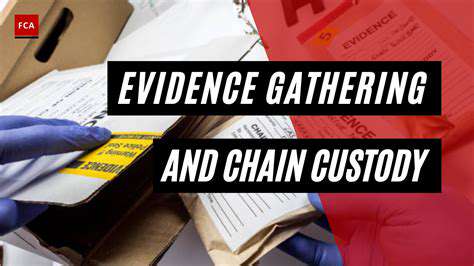
Documenting the Scheme: Initial Steps
The first crucial step in documenting a scam is to meticulously record all interactions and communications. This involves saving every email, text message, phone call transcript, or any other form of correspondence. Accurate documentation is paramount for proving the fraudulent nature of the scheme and potentially pursuing legal action. Detailed notes should accompany each piece of evidence, including the date, time, and any relevant context.
Furthermore, creating a timeline of events is essential. This chronological record will help to establish a clear narrative of how the scam unfolded, highlighting key milestones and the progression of the fraudulent activities. Note down important dates, times, and actions taken by all parties involved, even seemingly insignificant ones.
Identifying the Perpetrators
Identifying the individuals or entities behind the scam is a critical component of documentation. This involves meticulously tracing the source of all communications, including usernames, email addresses, phone numbers, and any other identifying information. Collect as much information as possible to help in the identification process. Consider whether there are patterns in the communication styles or the methods used to perpetrate the scam.
Investigate any available online profiles or public records associated with the perpetrators. This research may uncover additional details that link the individuals to the scam. Detailed records of correspondence and interactions are vital for establishing a credible case.
Evidence Collection: Beyond Correspondence
Collecting evidence isn't solely limited to communications. Any supporting documentation related to the scam, such as contracts, invoices, or financial statements, should be meticulously gathered and preserved. These documents can provide further evidence of the fraudulent activity and the extent of the financial losses.
Financial Records and Transaction Details
Thorough documentation of financial transactions is crucial. Record all deposits, withdrawals, transfers, or any other financial activity related to the scam. This documentation is vital for calculating the total losses incurred and for potentially recovering funds. This includes detailed records of bank statements, credit card statements, and any other financial records that can support the claim of financial loss.
Witness Accounts and Supporting Statements
If applicable, gather accounts from any witnesses or individuals who were affected by the scam. Their statements will provide valuable insights and strengthen the documentation. It's important to ensure these statements are accurate and detailed, providing specific examples and accounts. Obtaining written statements is highly recommended to ensure the accuracy of the information.
Legal Counsel and Reporting Procedures
Seeking legal advice is strongly recommended when documenting a scam. A legal professional can guide you through the process of collecting evidence, determining the best course of action, and understanding the legal implications of the situation. Consulting with a lawyer is essential in understanding the legal ramifications of the scam and potential options for recourse. Report the scam to relevant authorities, such as the police department or regulatory bodies, as appropriate. This can help in preventing further fraudulent activities and potentially recovering losses.
Selecting the right carrier for a small pet, like a rabbit or a guinea pig, is crucial for their comfort and safety during travel. Consider the size and shape of your pet; a carrier that's too small can restrict movement and lead to stress, while one that's too large might feel empty and insecure. Look for carriers with secure latches and ventilation to ensure proper airflow, preventing overheating. A well-fitting carrier will also help minimize stress and anxiety during travel, allowing your pet to feel more secure and comfortable.

Taking Proactive Steps Against Future Scams: Implementing Safety Measures
Understanding the Landscape of Modern Scams
In today's interconnected world, scams are constantly evolving, adapting to new technologies and societal trends. From sophisticated phishing emails disguised as legitimate communications to elaborate social engineering tactics, victims are targeted across multiple platforms. Understanding the diverse range of scams, including investment fraud, romance scams, and tech support scams, is the first crucial step in protecting yourself. Staying informed about current scam trends and recognizing the common characteristics of fraudulent activities is paramount to avoiding becoming a victim.
Recognizing patterns and red flags in communication is vital. Look for urgent requests, unrealistic promises, and overly familiar language. Be wary of unsolicited calls, emails, or messages that pressure you into immediate action. Take the time to verify the source of any communication, especially if it involves money transfers or personal information. This proactive approach to vigilance can significantly reduce your vulnerability to scams.
Strengthening Your Online Security Practices
Robust online security practices are essential in mitigating the risk of falling victim to online scams. Implementing strong, unique passwords for each online account is a fundamental step. Enable two-factor authentication wherever possible, adding an extra layer of security beyond just a password. Regularly updating software and operating systems patches crucial security vulnerabilities, protecting you from known exploits.
Be cautious about clicking on links or attachments from unknown senders. Hover over links before clicking to examine the actual destination URL. Scrutinize emails and messages for misspellings, grammatical errors, or unusual phrasing, as these can be indicators of phishing attempts. By diligently practicing these security measures, you significantly reduce the risk of falling prey to online scams and data breaches.
Protecting Your Financial Information
Safeguarding your financial information is paramount to preventing financial losses due to scams. Never share sensitive information, such as bank account details, social security numbers, or credit card information, via email or text messages. Be cautious about providing personal details to unsolicited callers or websites. Always verify the legitimacy of websites before entering any sensitive information. Use secure payment methods, such as encrypted websites or mobile payment apps, to protect your financial transactions.
Regularly monitoring your bank and credit card statements for any unauthorized activity is critical. Report any suspicious transactions immediately to the relevant financial institutions. Implementing these proactive measures can significantly reduce the risk of financial fraud and protect your hard-earned money.
Educating Yourself and Others
Staying informed about the latest scam tactics and recognizing common red flags is a crucial aspect of proactive protection. Sharing knowledge with family members, friends, and colleagues is a valuable way to create a safer community. Encourage others to be vigilant and cautious when dealing with unsolicited communications. Educating yourself and others about the evolving landscape of scams empowers individuals to become better equipped in protecting themselves and their loved ones.
Utilizing online resources, such as reputable websites and articles, can provide valuable insights into current scam trends and effective prevention strategies. Staying informed about the latest tactics employed by scammers is vital in maintaining a proactive approach to security. Promote awareness and share educational materials with those around you to create a more secure environment for everyone.
Developing a Robust Contingency Plan
Having a well-defined contingency plan in place can help mitigate the impact of a potential scam. Establish procedures for handling suspicious communications and reporting fraudulent activities. Develop a clear plan for recovering lost funds or data. This includes knowing the contact information for your bank, credit card company, and other relevant financial institutions. Having access to these resources can expedite the recovery process in case of a scam or data breach.
Documenting all communications related to potential scams is crucial for reporting and investigation purposes. Maintain records of emails, phone calls, and other interactions. This documentation can be invaluable in assisting law enforcement or financial institutions in recovering lost funds or identifying perpetrators. By proactively developing a robust contingency plan, you can minimize the potential damage and ensure a smoother recovery process if a scam occurs.
Read more about How to Report Online Scams and Fraud
Hot Recommendations
- Review: The New [Specific Brand] Smart Lock Is It Secure?
- Best Budget Studio Monitors for Music Production
- Top Flight Simulation Peripherals (Joysticks, Throttles, etc.)
- Top Portable Scanners for Document Management On the Go
- Reviewing the Latest Smart Air Purifiers for Your Home
- Best Portable Photo Printers for Travelers and Memory Keepers
- The Future of Personal Transportation Beyond Cars (Hyperloop, eVTOL)
- Top Network Monitoring Tools [Free & Paid Options]
- Understanding the Tech Behind mRNA Vaccines [A Look Inside]
- Guide to Choosing the Right Gaming Chair for Ergonomics
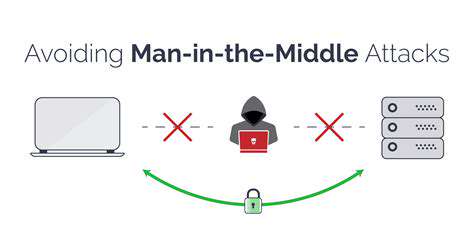
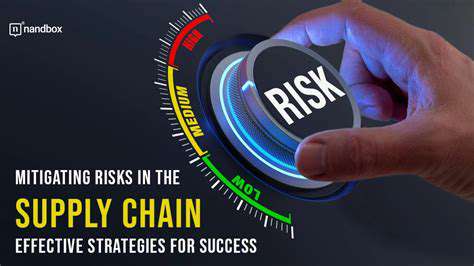
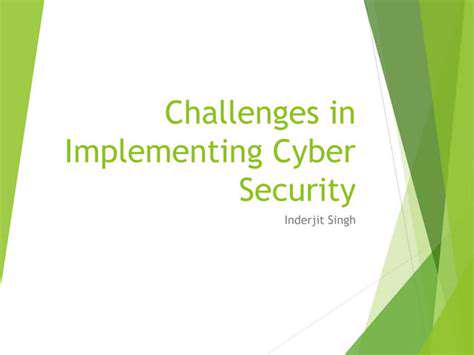
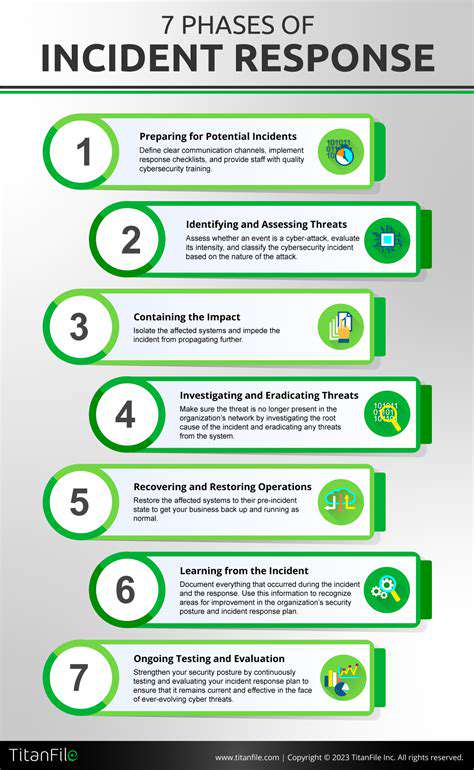
![How to Protect Your Data Online [Ultimate Guide]](/static/images/25/2025-05/BeyondtheBasics3ADataPrivacyandSecurityBestPractices.jpg)
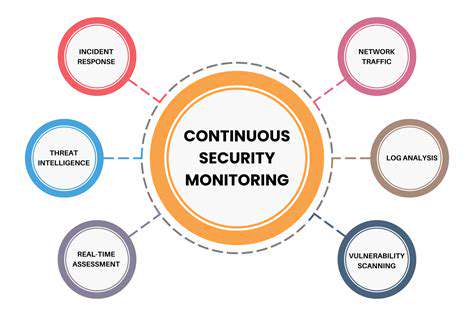

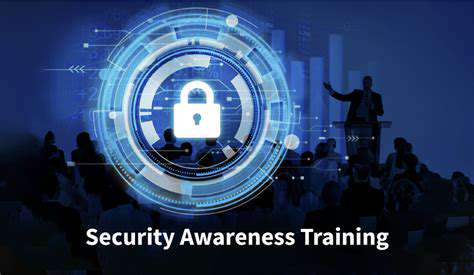
![Guide to Understanding Ransomware Negotiation [Industry View]](/static/images/25/2025-07/Post-NegotiationSteps3AEnsuringLong-TermSecurity.jpg)
